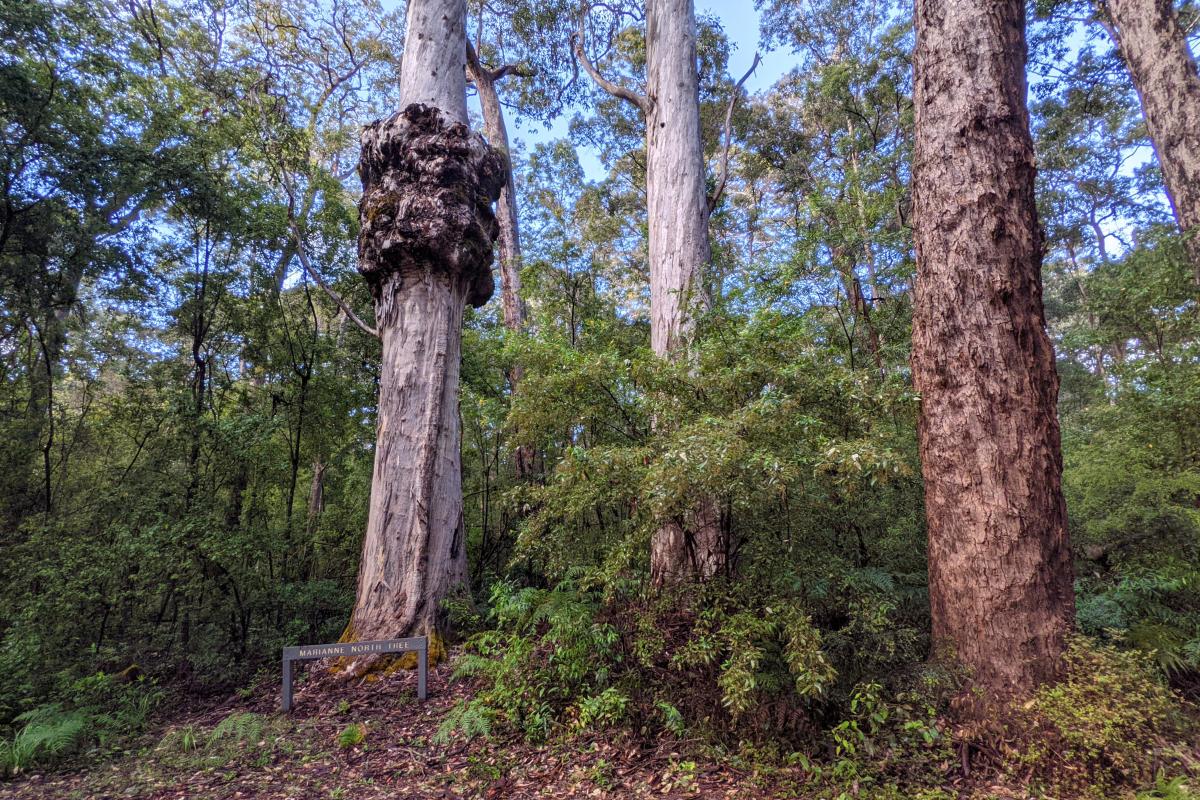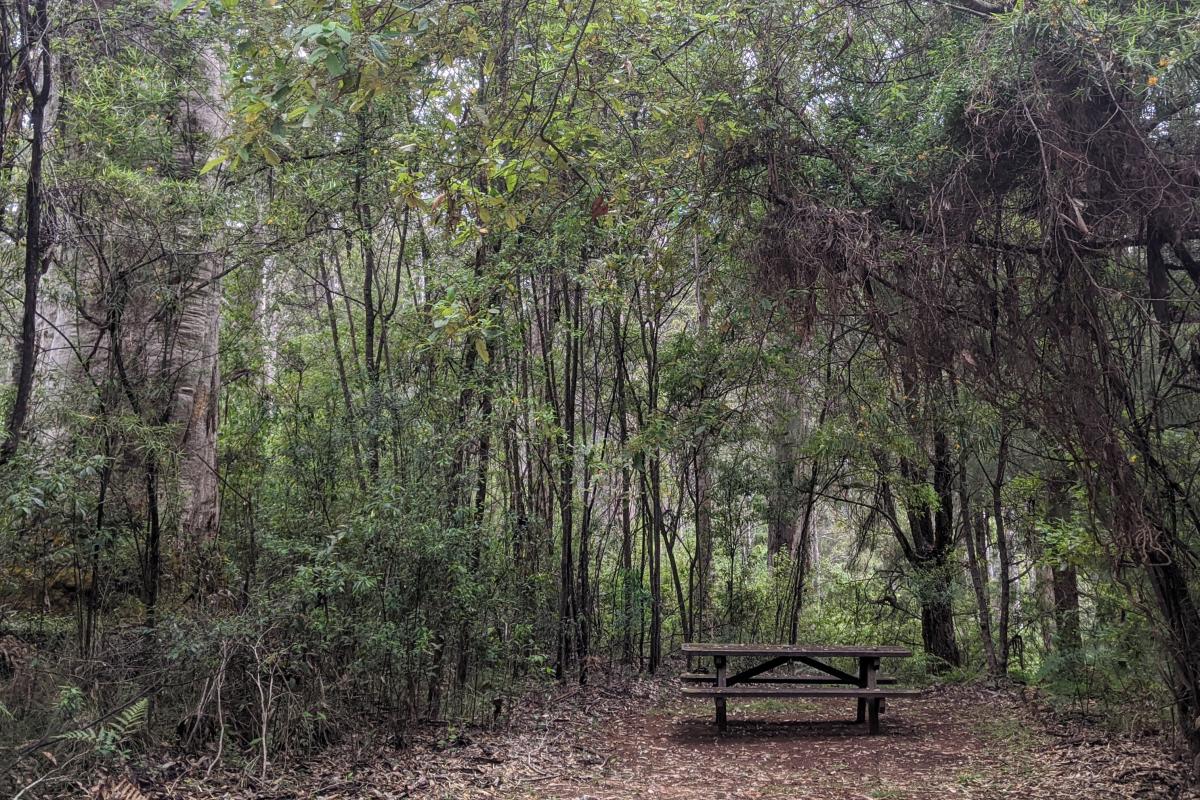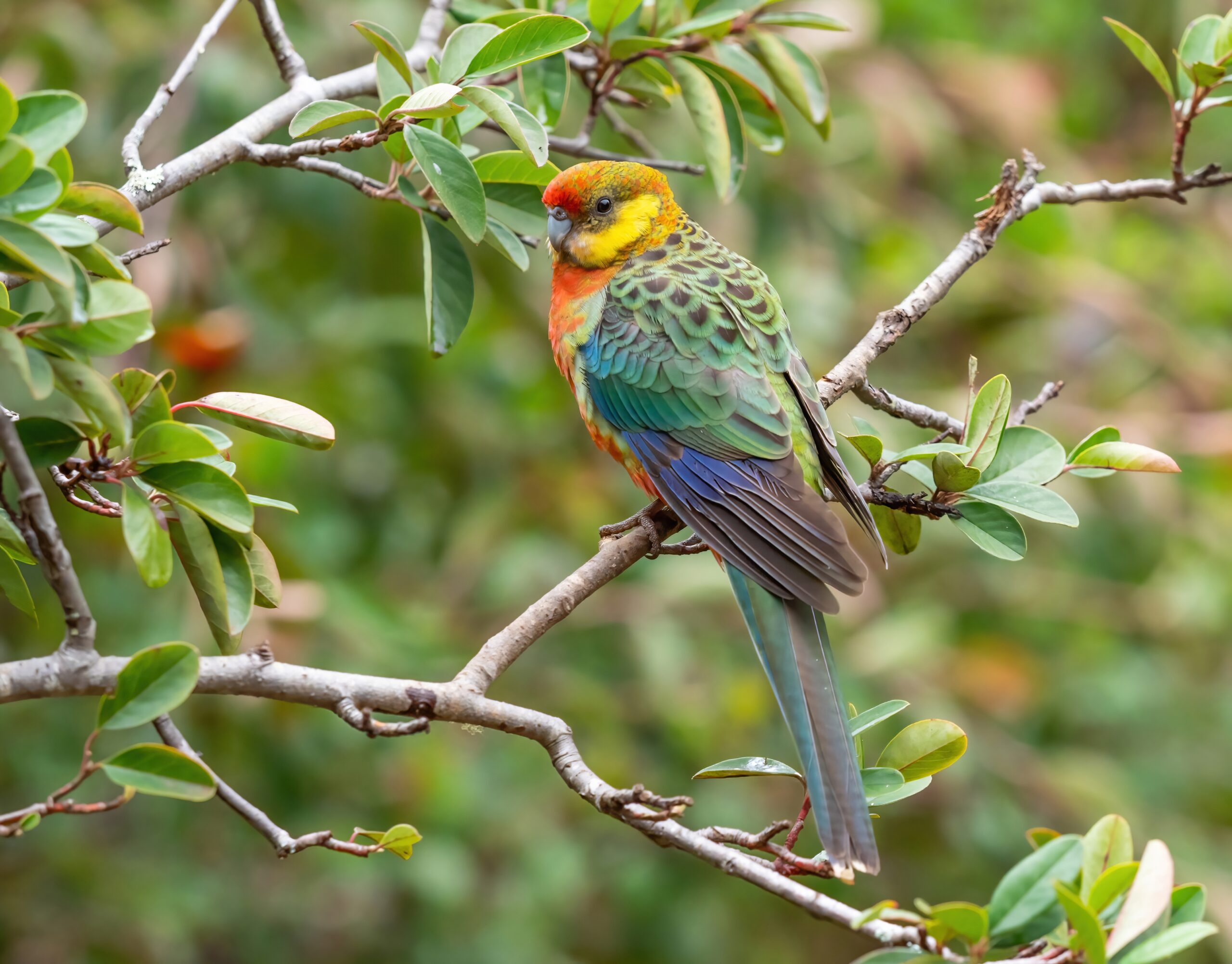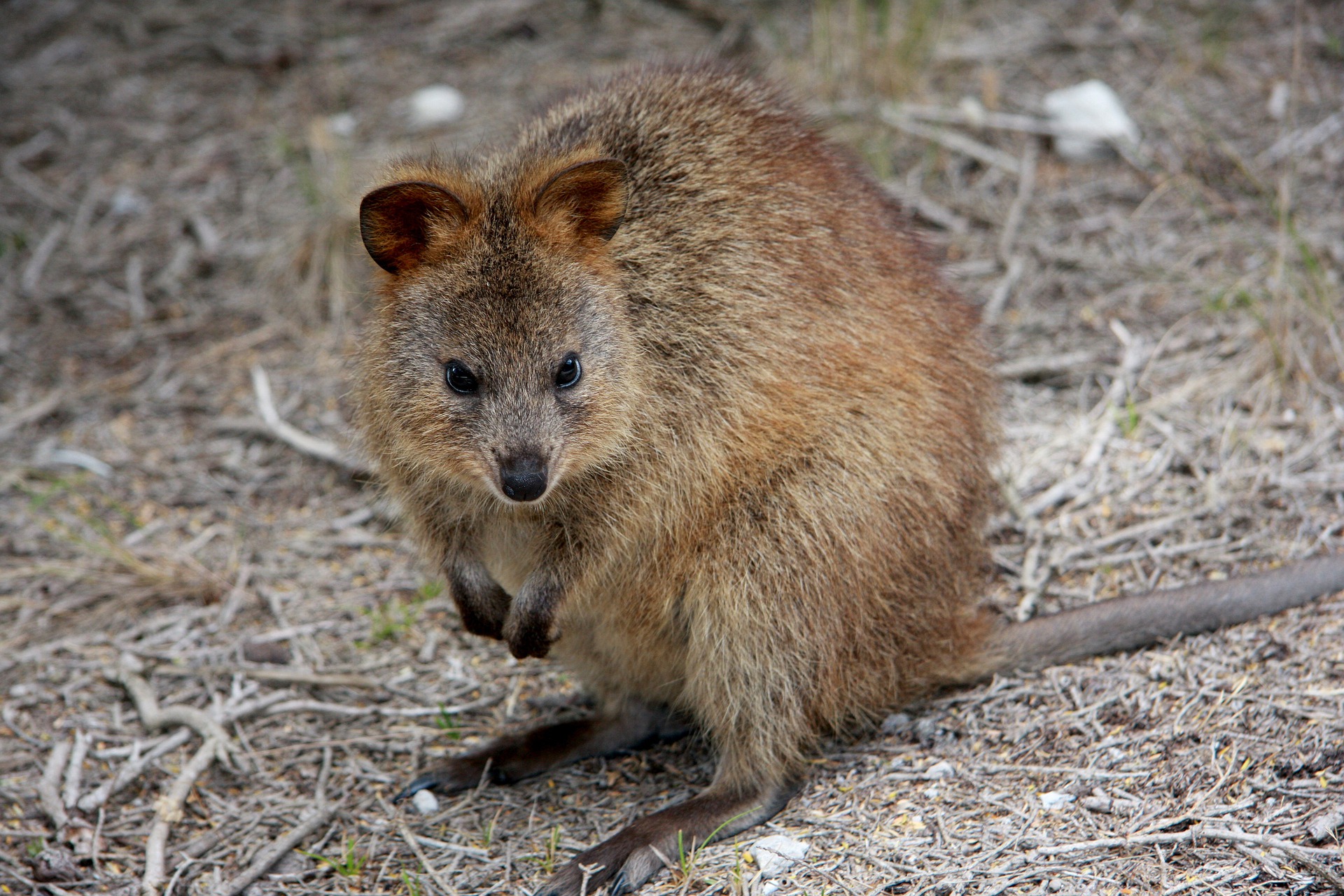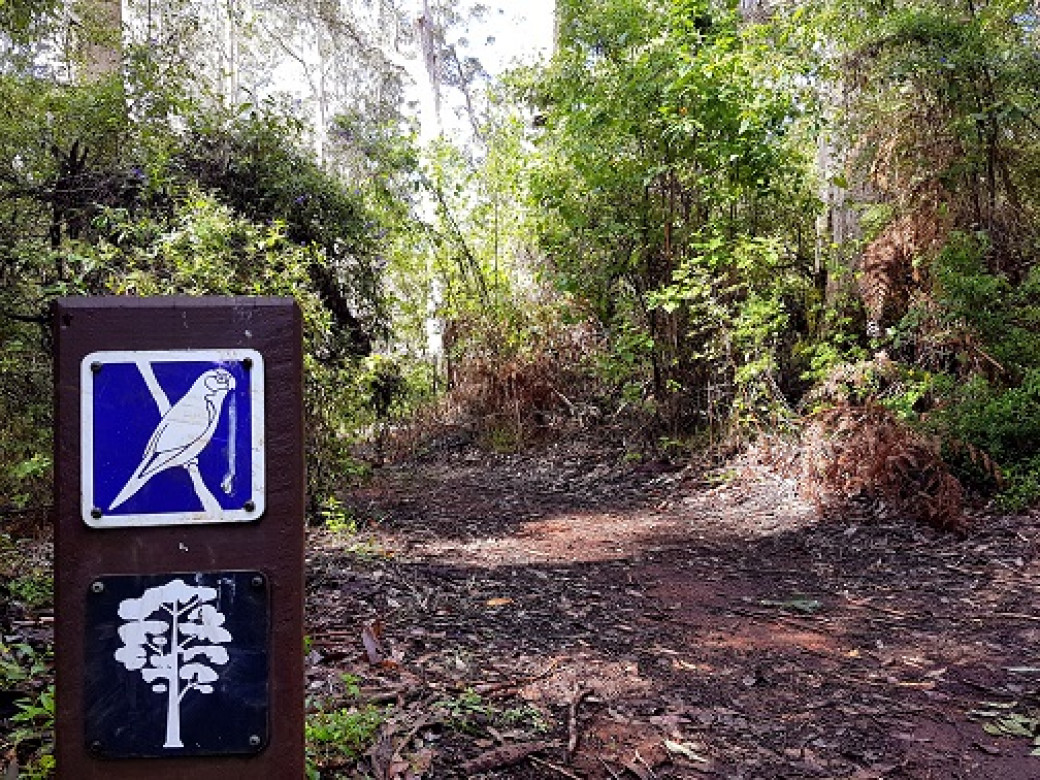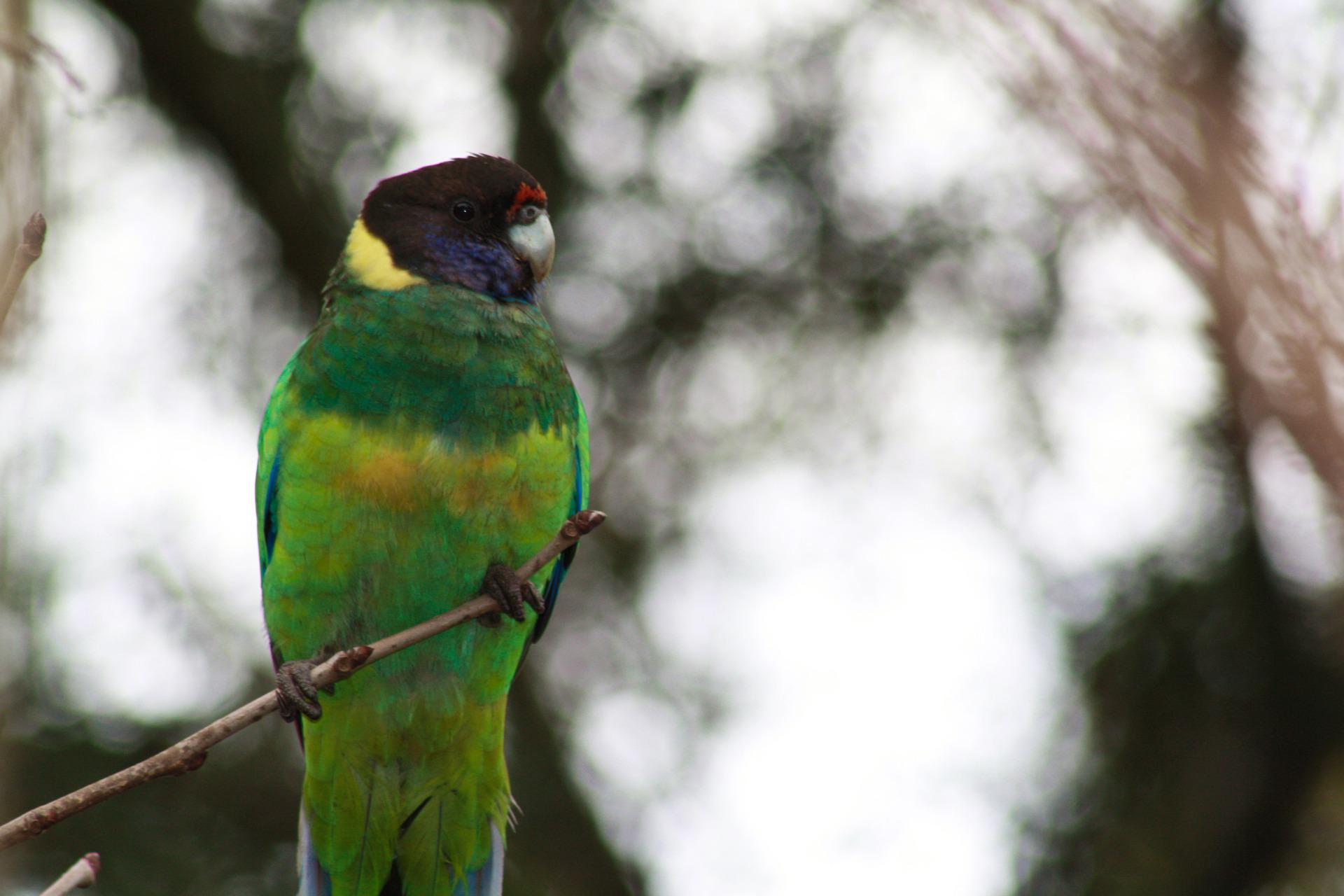Warren National Park
Warren National Park is a karri wonderland located four hours south of Perth, and about 15 kilometres from Pemberton.
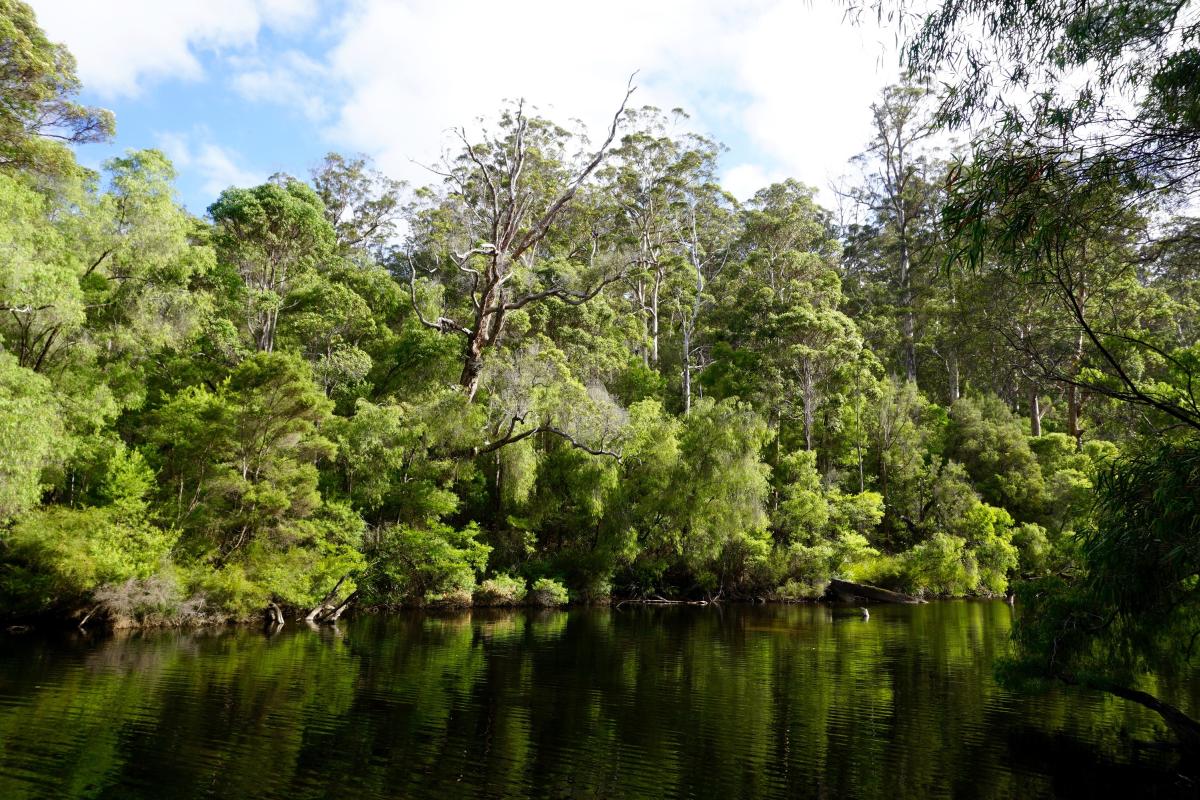
Cultural Recognition
We recognise and acknowledge Bibbulman people as the traditional owners of Warren National Park.
Overview of Warren National Park
Camp beneath the old, tall karris at Drafty’s or Warren Campground; swim, paddle or fish in the Warren River; or follow a walk or drive trail – there’s plenty of adventuring (or relaxing) to be done here!
If heights are your thing, climb the Dave Evans Bicentennial Tree – a 65-metre tall karri tree that has been used as a fire lookout. Or, keep your feet on the ground and admire the unique Marianne North Tree, a misshapen karri tree named after the English artist who painted it in 1880.
Warren National Park is made up of around 3000 hectares of woodland, so there’s lots of native wildlife to be admired. The karri trees, some of which are more than 200 years old and 90 metres tall, are only found in the southwest of WA, so take a moment (or many) to take in these truly magnificent trees.
Warren National Park is accessible via Old Vasse Road, which is unsealed but suitable for two-wheel-drives. No pets are allowed, and standard national park entry fees apply:

Photo credit: Department of Biodiversity, Conservation and Attractions.
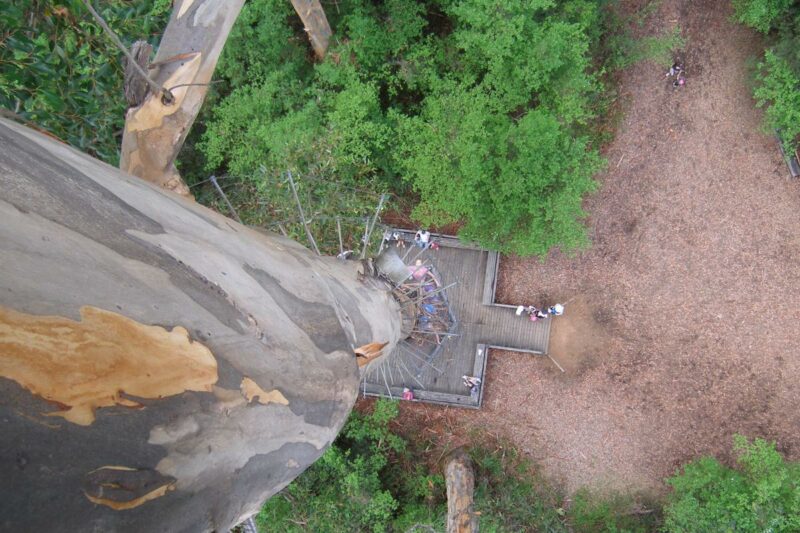
Cost of Entry*
Private vehicle with up to 12 occupants
- $17 per vehicle
- $10 per vehicle concession
Private vehicle with more than 12 occupants
- $8 per occupant 6 years or older
- $3.50 per occupant concession
Motorcycle
- $10 per motorbike
- No concession
No entry fee applies if you walk or cycle into the park.
*Prices accurate as of January 2024, refer to the Explore Parks WA website for up to date pricing.
Nature Play Resources
Nature Play WA has created fun and interactive resources for Warren National Park.
For more fun, interactive nature play activities for families that can be used wile exploring any location, check out our free, Every Kid in a Park resource library
Activities & Information
With its proximity to Perth, the picturesque Warren National Park has plenty to offer families looking for space to spend time in nature together.
Acknowledgements
Nature Play WA would like to thank the Department of Biodiversity, Conservation and Attractions for providing valuable information about Warren National Park.



